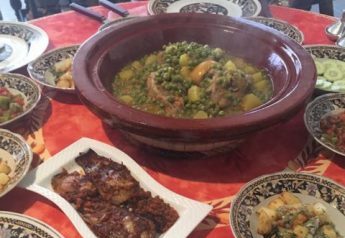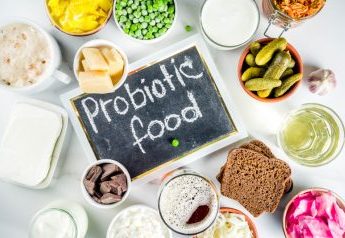Probiotics
Probiotics are viable microbial agents that has been demonstrated to provide health benefits.
Probiotics organisms can be incorporated into supplements as well as foods (milk drinks, medicinal yoghurts, fruit juices etc…)
Traditional Fermented foods such as non medicinal yoghurt, sauerkraut and kefir were considered as probiotics in the previous definition, however they were excluded in the recent definition. They are considered now as food “sources of live and active cultures“.
Prebiotics
Prebiotics are foods that human can’t digest. They pass through the gastrointestinal tract undigested and promote the growth of good bacteria in the large intestine.
Prebiotics can include both fibre and phytochemicals, mostly found in plant-based foods such as fruits, vegetables, whole grains, nuts, seeds and legumes.
The different types of prebiotics can be classified into the following categories:
Galacto-oligosaccharides (GOS) commonly found in plant based foods ex: wheat, rye, chickpeas, lentils, green peas, red kidney beans, cashews and pistachio
Fructo-oligosaccharides (FOS) found in a variety of plant-based foods ex: asparagus, beetroots, garlic, leeks, onions, brussels sprouts, snow peas , watermelon and rye
Resistant starch (RS) found in variety of plant-based foods ex: lentils, peas, beans, rolled oats and green bananas. The resistant starch content of rice and potatoes increase once cooked and cooled overnight prior to eating
Proantocyanidin (PAC) found in plant-based foods ex: blueberries, cranberries, strawberries, plums, dark chocolate, peanuts, pecans, and hazelnuts
Inulin found in a variety of plant-based food ex: asparagus, globe and Jerusalem artichokes, barley, wheat bran, whole wheat, garlic, leeks, onion, pasta salad
Pectin found in variety of plant based food ex: apples, orange apricots, kiwi fruits, sugar snap peas , umpkin, eggplants, beetroot, blueberries and sweet potatoes
Arabinoxylan (AX) found in variety of plant based food ex: almonds, bamboo shoots, barley, flaxseed, rye, rice brown and white, sorghum, rolled oat and wholemeal bread.
.



